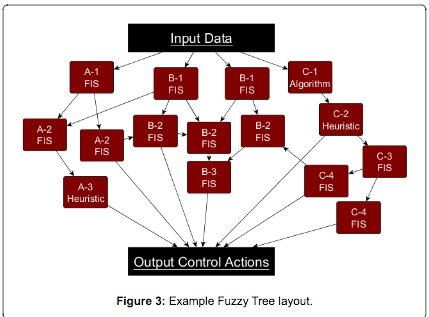As reported by RT.com: The National Highway Transportation Safety Administration (NHTSA) is investigating the first known fatality involving a Tesla Model S where the Autopilot system was active, the company has confirmed.
On May 7, Ohio resident Joshua Brown, 45, was in the driver’s seat of a Tesla Model S in Williston, Florida. The car’s Autopilot was engaged when a tractor-trailer made a left turn in front of the electric vehicle. Brown was killed “when he drove under the trailer,” the Levy Journal reported at the time.“The top of Joshua Brown’s 2015 Tesla Model S vehicle was torn off by the force of the collision.”
After striking the underside of the trailer, the car then continued driving until it left the road, struck a fence, smashed through two other fences and struck a power pole.
On Thursday, Tesla announced that the NHTSA had opened a preliminary evaluation on Wednesday into the performance of Autopilot in the crash. Following the company’s standard practice, it had informed the federal agency of the accident immediately after it occurred.
“Neither Autopilot nor the driver noticed the white side of the tractor trailer against a brightly lit sky, so the brake was not applied. The high ride height of the trailer combined with its positioning across the road and the extremely rare circumstances of the impact caused the Model S to pass under the trailer,” Tesla said in a blog post.
“Had the Model S impacted the front or rear of the trailer, even at high speed, its advanced crash safety system would likely have prevented serious injury as it has in numerous other similar incidents,” the company noted.
The truck driver, Frank Baressi, a 62-year-old from Tampa, was not injured in the crash. Charges against him are pending, however, according to the Levy Journal.
The accident "calls for an examination of the design and performance of any driving aids in use at the time of the crash," the agency said in a statement.
"Autopilot is getting better all the time, but it is not perfect and still requires the driver to remain alert,” Tesla said. “Nonetheless, when used in conjunction with driver oversight, the data is unequivocal that Autopilot reduces driver workload and results in a statistically significant improvement in safety when compared to purely manual driving."
Autopilot had more than 130 million miles driven successfully without a fatality, Tesla said. A fatality occurs every 94 million miles in the US and every 60 million miles globally, the company added.
The NHTSA investigation will look into whether the Autopilot system was working properly at the time of the crash.
The accident "calls for an examination of the design and performance of any driving aids in use at the time of the crash," the agency said in a statement.
Autopilot is currently in its “public beta phase,” and customers must acknowledge that before they can use the system. They are also expected to keep their hands on the wheel while it is engaged, as well as to “maintain control and responsibility” for their vehicles.
"Autopilot is getting better all the time, but it is not perfect and still requires the driver to remain alert,” Tesla said.“Nonetheless, when used in conjunction with driver oversight, the data is unequivocal that Autopilot reduces driver workload and results in a statistically significant improvement in safety when compared to purely manual driving."




























